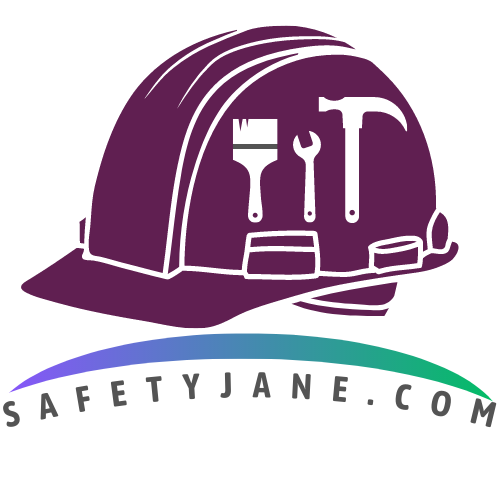When it comes to industrial and construction safety regulations in the United States, it’s essential to have a clear understanding of the governing standards. The Occupational Safety and Health Administration (OSHA) has established two key sets of regulations: CFR 1926 and CFR 1910. In this blog post, we will explore the differences between these regulations, their respective scopes, and their implications for workplace safety.
CFR 1926: Construction Industry Regulations
CFR 1926, often referred to as the Construction Standards, focuses specifically on safety requirements and guidelines for the construction industry. These regulations cover a wide range of construction activities, including building construction, demolition, excavation, and more. CFR 1926 addresses hazards commonly found in construction sites, such as falls, electrical safety, scaffolding, and crane operations.
Key Differences and Highlights of CFR 1926:
- Industry Scope: CFR 1926 applies to employers and workers engaged in construction activities, including construction of buildings, bridges, highways, and other structures.
- Hazard Emphasis: CFR 1926 places particular emphasis on addressing hazards specific to the construction industry, such as working at heights, excavation hazards, and the operation of heavy machinery.
- Construction-Specific Requirements: The regulations under CFR 1926 outline specific requirements for areas like fall protection, scaffolding, electrical safety, personal protective equipment (PPE), and more, tailored to the unique challenges and risks faced in construction.

CFR 1910: General Industry Regulations
CFR 1910, known as the General Industry Standards, covers a broader range of industries outside of construction. These regulations apply to various sectors, including manufacturing, warehousing, healthcare, and service industries. CFR 1910 addresses workplace safety and health hazards that are common across multiple industries, such as hazard communication, machine guarding, electrical safety, and respiratory protection.
Key Differences and Highlights of CFR 1910
- Industry Scope: CFR 1910 applies to employers and workers in general industry sectors, encompassing a wide range of industries beyond construction.
- General Hazards: CFR 1910 addresses hazards commonly found in many workplace settings, such as electrical hazards, chemical exposures, machine guarding, and ergonomics.
- Broad Applicability: The regulations under CFR 1910 are intended to provide comprehensive safety and health standards that apply across various industries, ensuring a baseline level of protection for workers.
Understanding the Overlapping Areas
It’s important to note that some hazards and requirements covered by CFR 1926 and CFR 1910 may overlap, particularly when it comes to general hazards applicable to both construction and general industries. In such cases, it is crucial to ensure compliance with both sets of regulations to adequately protect workers.

Compliance and Best Practices
Regardless of whether your workplace falls under CFR 1926 or CFR 1910, prioritizing safety is paramount. Employers should familiarize themselves with the relevant regulations, assess their workplace hazards, and implement robust safety programs that address the specific requirements outlined by OSHA. Regular training, hazard assessments, and proper use of personal protective equipment are fundamental aspects of maintaining a safe working environment.
Conclusion:
Understanding the differences between CFR 1926 and CFR 1910 is crucial for maintaining compliance and promoting workplace safety. While CFR 1926 focuses on construction industry-specific hazards, CFR 1910 provides general safety standards applicable to a broad range of industries. By adhering to these regulations and implementing effective safety measures, employers can create safer work environments, protect workers from preventable accidents, and foster a culture of safety across industries. Which regulation most applies to you?
Regardless of whether your workplace falls under CFR 1926 or CFR 1910, prioritizing safety is paramount.
Tweet
